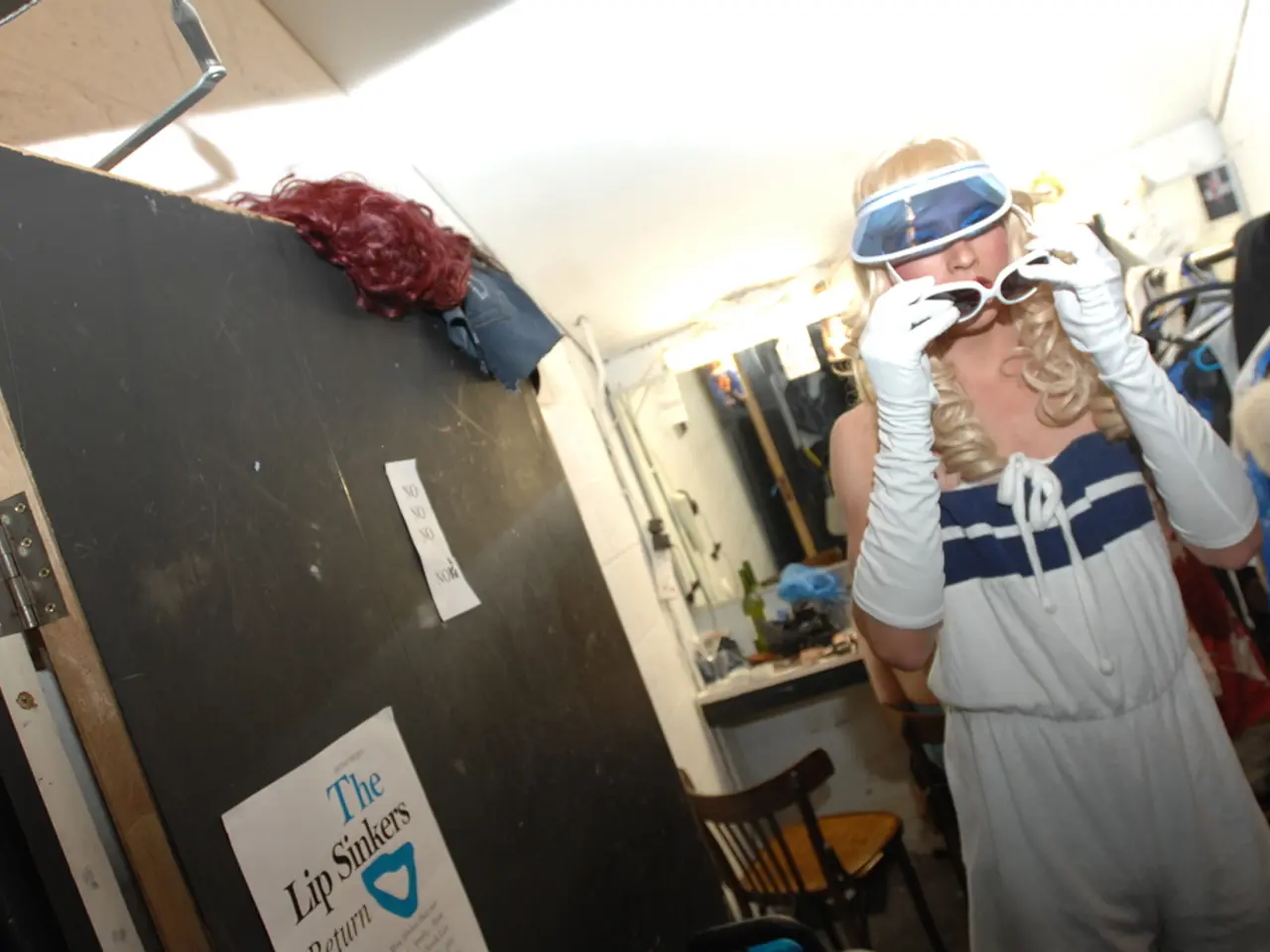Guide on Transitioning MTF Hormone-Free: Insights and Strategies
Living authentically as one's true gender identity is a significant journey for many transgender individuals. This process, known as social transitioning, involves adopting a new name, pronouns, clothing, hairstyle, and other gender expressions that align with their identity.
Social transitioning is primarily about personal, social, and psychological changes rather than physiological effects. While there is no scientific evidence to support that specific herbs or foods directly influence the social transition process, maintaining good overall physical and mental health through a balanced diet and possibly complementary stress-relieving herbs might support emotional well-being during this significant life change. It is crucial to rely on professional healthcare guidance for gender-affirming medical care rather than alternative remedies for transitioning.
Transgender individuals have the freedom to express their gender in ways that feel authentic to them. This does not mean they are bound to societal expectations. A transgender woman, for instance, does not have to grow her hair long, wear stereotypically feminine clothing, or act in a way that society expects women to act. Similarly, a person does not have to conform to societal expectations of gender.
Social transitioning can also involve changes in daily life, such as using different facilities, like restrooms designated for the identified gender. Not every person who is transgender undergoes gender-affirming procedures, and each person can socially transition as much or as little as they wish.
For those who wish to make legal changes, resources like the National Center for Trans Equality provide guidance on how to change one's gender on legal documents. In the United States, most states consider preventing a person who is transgender from using certain facilities and restrooms discrimination.
Support groups and charities are essential resources for the transgender community. In the UK, organisations such as Gender Identity Research & Education Society, IMAAN, Non-Binary Northern Ireland, and TransBareAll offer support. In the United States, charities and organisations like the National Center for Transgender Equality, Transgender Law Center, TransLatina Coalition, Gender Spectrum, and The Trevor Project provide assistance and advocacy.
Online makeup tutorials are also available, offering practical guidance on how to express one's gender through makeup. Prosthetics such as wigs, hair extensions, breast prosthetics, and pads can also be used to express one's gender.
Experimenting with different hairstyles, lengths, and colours may help people determine how they would like to express their gender. It's a journey of self-discovery, and everyone's path is unique.
[1] American Psychological Association. (2018). Answers to Your Questions for a Better Understanding of Transgender People. Retrieved from https://www.apa.org/topics/lgbt/transgender [2] Human Rights Campaign. (2021). Transgender and Gender Nonconforming People. Retrieved from https://www.hrc.org/resources/transgender-and-gender-nonconforming-people [4] Mayo Clinic. (2021). Transgender health. Retrieved from https://www.mayoclinic.org/healthy-lifestyle/gender-health/in-depth/transgender/art-20047546
- Maintaining good overall health, including mental health, is essential during the social transition process for transgender individuals, which can be facilitated through a balanced diet and perhaps stress-relieving herbs.
- Unlike physiological effects, social transitioning primarily focuses on personal, social, and psychological changes, such as adopting a new name, pronouns, clothing, and other gender expressions.
- Support groups, charities, and organizations like the National Center for Transgender Equality, Gender Identity Research & Education Society, IMAAN, and The Trevor Project, among others, are valuable resources for the transgender community, offering assistance and advocacy.
- Experimenting with different hairstyles, lengths, and colors, as well as using prosthetics like wigs, hair extensions, breast prosthetics, and pads, can help people determine how they wish to express their gender during the journey of self-discovery.
- Online resources and tutorials are available for learning how to express one's gender through makeup, providing practical guidance for transgender individuals.




